1. The American Dream Mall
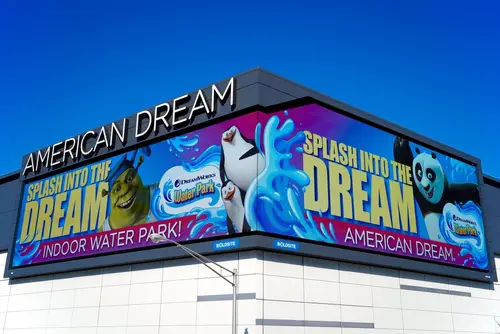
When the American Dream Mall opened in New Jersey, it promised to reinvent shopping as an entertainment experience. It featured an indoor ski slope, theme parks, and luxury retail all under one roof. But delays, debt, and the pandemic turned it into one of the most expensive commercial flops in U.S. history. Even today, it struggles to attract enough foot traffic to stay solvent.
The irony of its name isn’t lost on anyone—it was built to symbolize modern prosperity but became a financial cautionary tale. Billions in taxpayer-backed bonds are now at risk. Its struggles reflect how overambitious consumer fantasies can collide with economic reality. The “American Dream,” it turns out, doesn’t always fit inside a shopping complex.
2. The Dot-Com Bubble
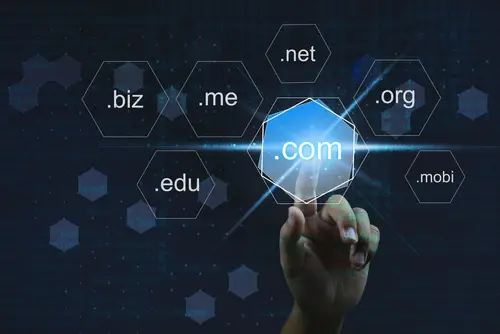
The internet promised boundless opportunity in the late 1990s, and investors poured money into any company with “.com” in its name. Startups went public without profits—or even viable products—banking on the hype alone. Stock prices soared, fueled by tech optimism and media frenzy. But when the bubble popped in 2000, it erased nearly $5 trillion in market value.
Companies like Pets.com became punchlines overnight, and thousands of workers lost their jobs. What was supposed to be the digital gold rush turned into a massive wipeout. The crash taught a harsh lesson about speculative mania and blind faith in “new economy” narratives. Ironically, the survivors—like Amazon and Google—went on to reshape the world anyway.
3. The Rust Belt’s Industrial Decline
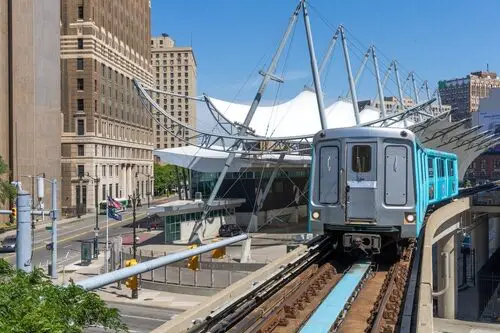
For decades, cities like Detroit, Cleveland, and Pittsburgh symbolized middle-class stability through factory jobs and steady paychecks. Manufacturing work meant union wages, pensions, and a home in the suburbs. But globalization and automation gutted those industries starting in the 1970s. Jobs fled overseas, and communities that once thrived on steel and cars were left hollowed out.
The American Dream of working your way up through hard labor vanished for millions. Entire neighborhoods fell into poverty, and population decline became the new normal. Economic revitalization efforts have been slow, uneven, and often gentrified beyond reach. The factories that once built America now stand as rusting monuments to lost prosperity.
4. The Student Loan Explosion
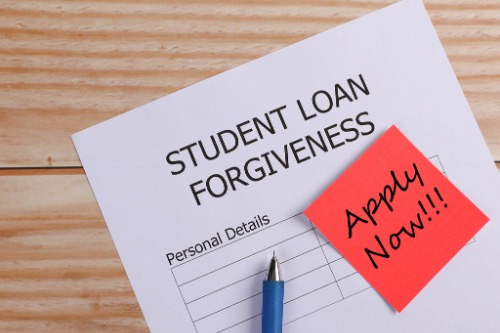
Higher education was once marketed as the surest path to success. But as tuition skyrocketed and wages stagnated, that dream became an anchor of debt. Today, Americans owe over $1.7 trillion in student loans—an amount larger than credit card debt. Many graduates find themselves underemployed, struggling to pay for degrees that didn’t deliver the promised mobility.
This debt crisis reshaped life milestones—home buying, family planning, even retirement. The idea that “education always pays off” has been deeply questioned. For-profit colleges and predatory lenders worsened the problem, capitalizing on young people’s ambitions. The American Dream of learning your way to prosperity became a debt trap.
5. The 1980s Farm Crisis
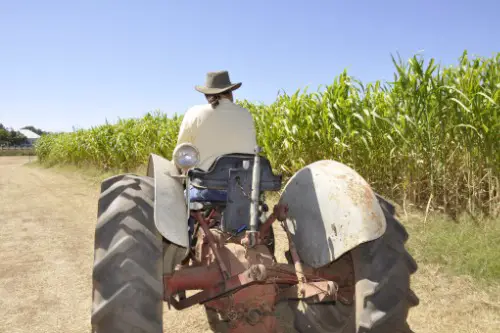
In the 1970s, American farmers were encouraged to “plant fence row to fence row” as exports boomed. Then interest rates spiked, crop prices fell, and land values collapsed. By the mid-1980s, tens of thousands of farms went bankrupt, and rural communities across the Midwest were devastated. The dream of the self-sufficient family farm gave way to foreclosure auctions and corporate consolidation.
Farm families faced depression, suicide, and mass displacement. The crisis fundamentally changed American agriculture, pushing smaller farms out of business. It revealed how vulnerable even “traditional” industries are to global economic shifts. What once symbolized independence became a warning about overleveraging and government policy gone wrong.
6. The Rise and Fall of the American Mall
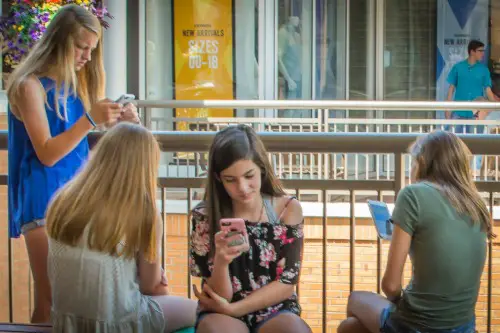
For decades, the mall was the heart of suburban America—a symbol of prosperity, leisure, and community. Anchored by department stores and packed with shoppers, it represented the good life of consumer abundance. But online shopping, changing tastes, and economic downturns slowly killed that dream. By the 2010s, thousands of malls had closed, leaving behind eerie “dead malls.”
These shuttered spaces became physical reminders of shifting economies and unsustainable consumer culture. Towns that depended on retail jobs suffered major losses. The mall’s demise showed how quickly technology can upend industries built on convenience. The American Dream of endless consumption finally met its limit.
7. The Taxi Medallion Crash
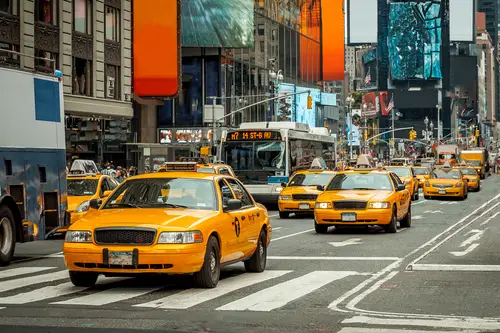
In cities like New York, owning a taxi medallion was once a ticket to middle-class stability. Prices soared to over $1 million per medallion in the early 2010s, financed through heavy loans and industry speculation. Then ride-sharing apps like Uber and Lyft disrupted the entire system almost overnight. Medallion values plummeted, leaving drivers bankrupt and desperate.
Many immigrant families who invested their life savings into medallions were financially ruined. The crisis exposed the fragility of “ownership” in a market vulnerable to tech disruption. What had once been a path to upward mobility became a story of predatory lending and regulatory failure. The gig economy’s rise came at a devastating human cost.
8. The Subprime Mortgage Boom
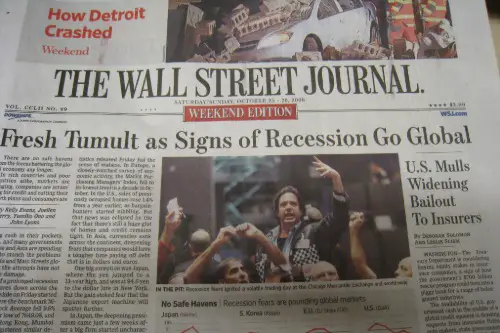
In the early 2000s, homeownership was marketed as the ultimate American Dream, and banks were more than happy to hand out mortgages to anyone with a pulse. Lenders bundled risky subprime loans into complex securities, which Wall Street eagerly traded. For a while, it felt like everyone could own a home and make a profit. Then the housing bubble burst in 2008, wiping out trillions in wealth and triggering the Great Recession.
Millions of Americans lost their homes, savings, and jobs, while the financial institutions that fueled the crisis received massive bailouts. The dream of homeownership turned into foreclosure signs on suburban lawns. It wasn’t just a market correction—it was a systemic failure built on greed and deregulation. The scars of that collapse still shape housing policy today.
9. The Energy Independence Mirage
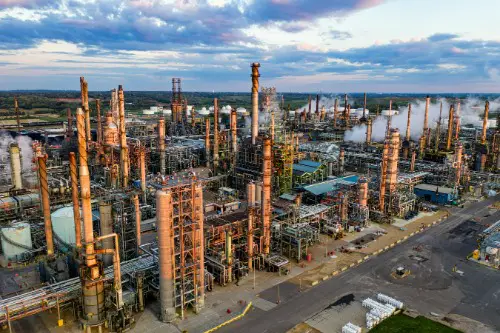
For years, politicians promised that fracking and shale oil would make America “energy independent.” Towns across Texas, North Dakota, and Pennsylvania saw boom times as drilling surged. But the industry was built on volatile prices, high debt, and environmental damage. When oil prices crashed in 2014 and again during the pandemic, thousands lost jobs and investments vanished.
Communities once flush with cash were left with polluted water and abandoned wells. Many small producers went bankrupt, exposing how fragile the fracking model really was. The dream of endless energy wealth proved to be a speculative bubble in disguise. Energy independence turned out to be as fleeting as the oil beneath the ground.
10. The Silicon Valley Startup Myth
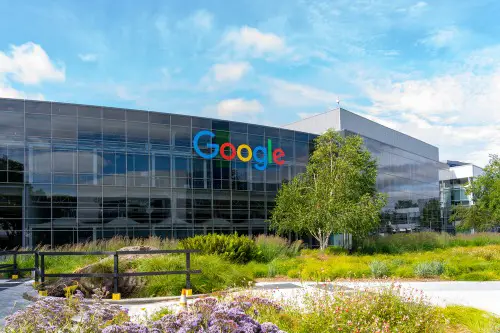
For years, Silicon Valley sold the idea that anyone with a laptop and an idea could strike it rich. Venture capital flooded into startups promising to “disrupt” everything from taxis to healthcare. But behind the innovation buzz, many startups burned through billions without turning a profit. High-profile collapses like Theranos, WeWork, and FTX revealed how hype often trumped substance.
Employees lost jobs, investors lost fortunes, and founders faced legal scrutiny. The “fail fast” mantra became an excuse for reckless spending and ethical lapses. While tech changed our world, it also exposed deep inequality and burnout. The startup dream wasn’t dead—it was just a lot messier than the marketing suggested.
11. The Housing Bubble 2.0
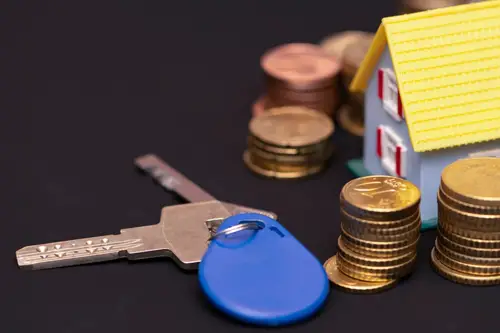
After the 2008 crash, stricter regulations were meant to prevent another housing crisis. But during the 2020s, home prices skyrocketed again, driven by low interest rates, investor speculation, and limited supply. For many, owning a home became even more out of reach. Younger Americans now face bidding wars and record rents instead of stability.
The dream of owning a home—the cornerstone of the American Dream—has morphed into a symbol of inequality. Investors and corporations buy entire neighborhoods while ordinary buyers are priced out. Even modest homes now cost more than ever relative to income. The cycle of housing hope and heartbreak continues, just under new rules.
12. The Retirement Mirage
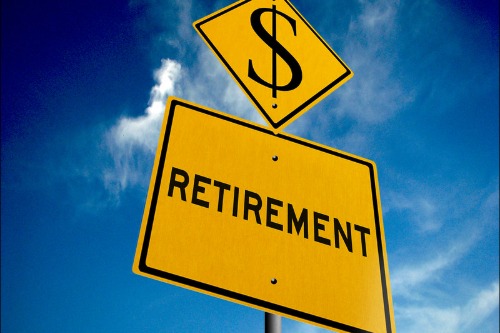
For decades, Americans were told that diligent saving and 401(k)s would guarantee a comfortable retirement. But stagnant wages, market crashes, and rising living costs have shattered that promise. Many older Americans can’t afford to retire at all, taking gig jobs just to stay afloat. Pension plans that once ensured stability have all but disappeared.
The dream of golden years filled with leisure has given way to anxiety about healthcare and housing. Even Social Security faces long-term solvency issues, deepening uncertainty. Millions now realize that the retirement system was never built for today’s economy. The American Dream of rest after a lifetime of work is increasingly just that—a dream.
This post 12 American Dreams That Turned Into Economic Nightmares was first published on American Charm.


